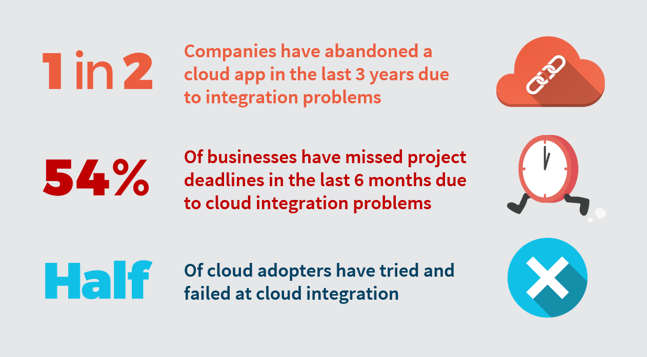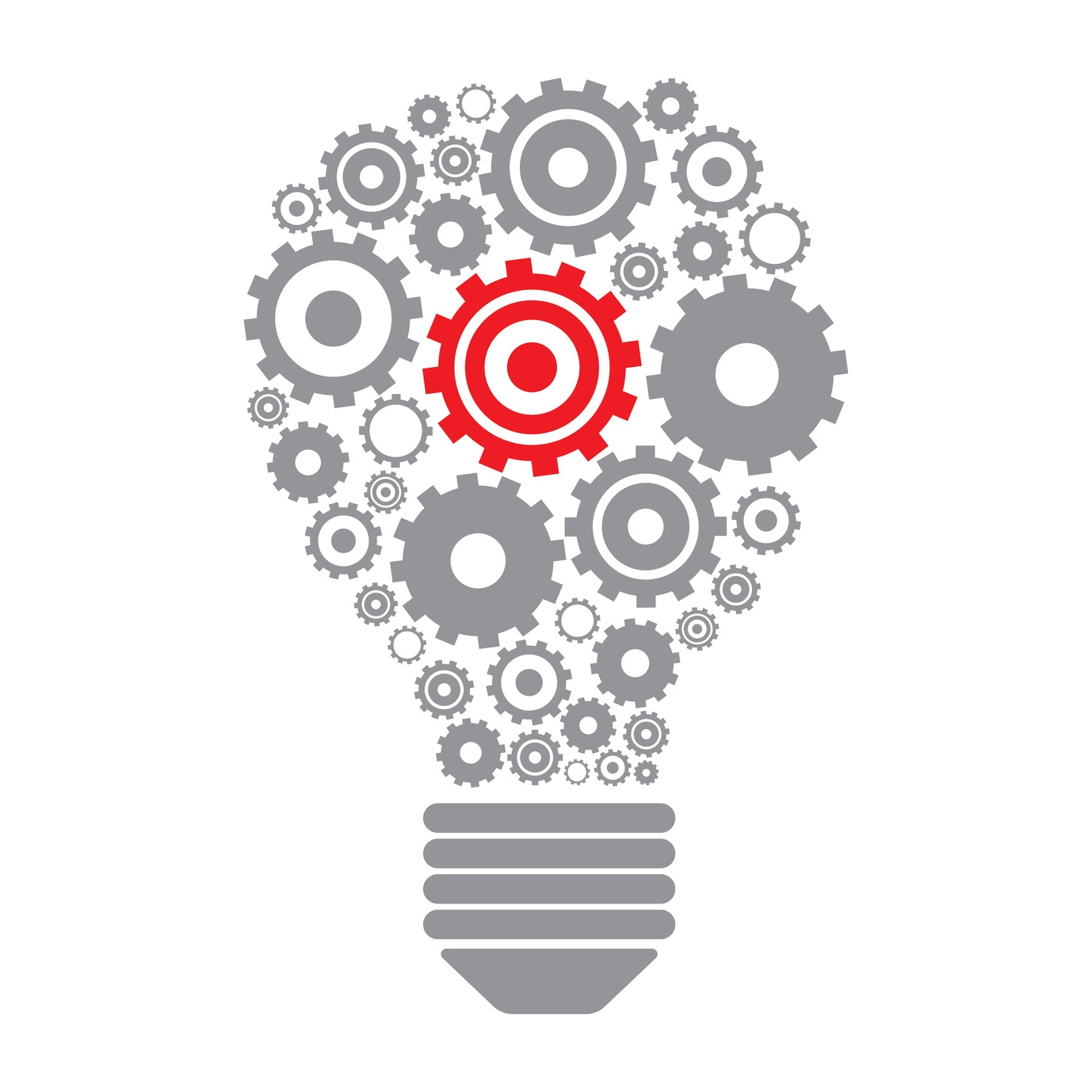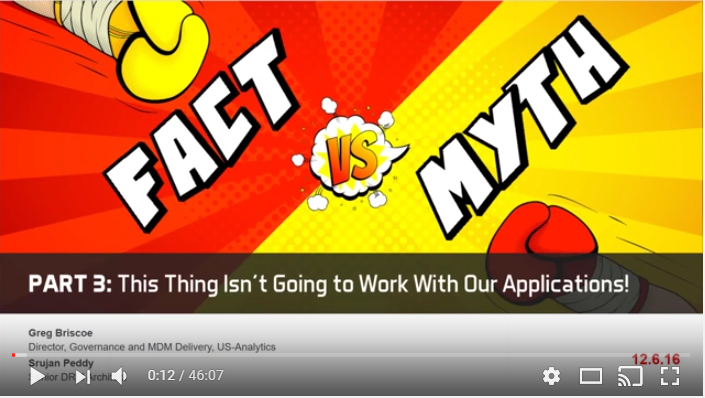If you think Oracle Data Relationship Management (DRM) can only integrate with Oracle Hyperion applications, then you probably don’t know the history of DRM. The tool was originally developed by an SAP shop with the goal of supporting hierarchy and hierarchy reference data for reporting.
We’ve already debunked myths about DRM’s functionality as well as DRM’s project costs and timeframes. In the third blog post of this series, we’ll talk about how DRM will integrate with your applications: using DRM with non-Oracle products, supporting a SaaS-based cloud architecture with DRM, and maintaining Oracle EPM products with DRM’s automated integration.
Myth 1: DRM can't automate or integrate with non-Oracle products like SAP, Salesforce, Workday, or ServiceNow
DRM can integrate with your applications in many ways, including:
- Flat-files, Database Tables, XML
- Java / SOAP / REST / C++ / BPEL / BPM
- ELT/ETL tools
Using Business Application Programming Interfaces (BAPIs) is the proven and standard method for loading data into an SAP system. BAPIs provide external access to SAP business process and data. BAPIs also enable object-oriented access to SAP application components.
DRM integration varies among other applications. Learn how to integrate DRM with Salesforce, Workday, and ServiceNow.
Myth 2: DRM doesn't support a SaaS-based cloud architecture
The 11.1.2.4 release of DRM is REST enabled and supports multiple flat-file formats, which is how most data is bulk loaded into a cloud application.
Integrating DRM with your cloud application might be essential to a successful cloud migration. Integration is one of the biggest concerns for cloud users, with 1 in 2 companies abandoning a cloud application in the last three years due to integration problems.

DRM provides a common platform for your enterprises and cloud service providers. If you have a hybrid environment, DRM enables data and application portability. Learn more about how DRM can help with the challenges of moving to the cloud.
DRM can also provide cloud support if you use it as a Platform as a Service (PaaS). A lot of people are currently using ServiceNow as a ticket management application, but it can also help you manage your cloud applications in conjunction with DRM. DRM easily integrates with ServiceNow and allows you to create a workflow that maintains DRM through the cloud-based tool. Instead of creating tickets, you can use ServiceNow to create a new account or customer, do a workflow, put data into ServiceNow and DRM, then release the data into applications that need updating.
Myth 3: DRM doesn't have delivered support for maintaining Oracle EPM products
Early versions of DRM did not come with delivered automated integration with Oracle Hyperion, but this hasn’t been true since 11.1.2.1 was released. Now, there are numerous ways to integrate DRM with Oracle’s EPM products.
There are legacy EPM systems out there that might be using different methods for maintaining metadata, which can get confusing when you’re trying to match up to recent EPM releases, like the classic and studio versions. The solution is to simplify and standardize enterprise system integration with coexisting legacy systems, or you can sunset your legacy systems while retaining existing integrations.







